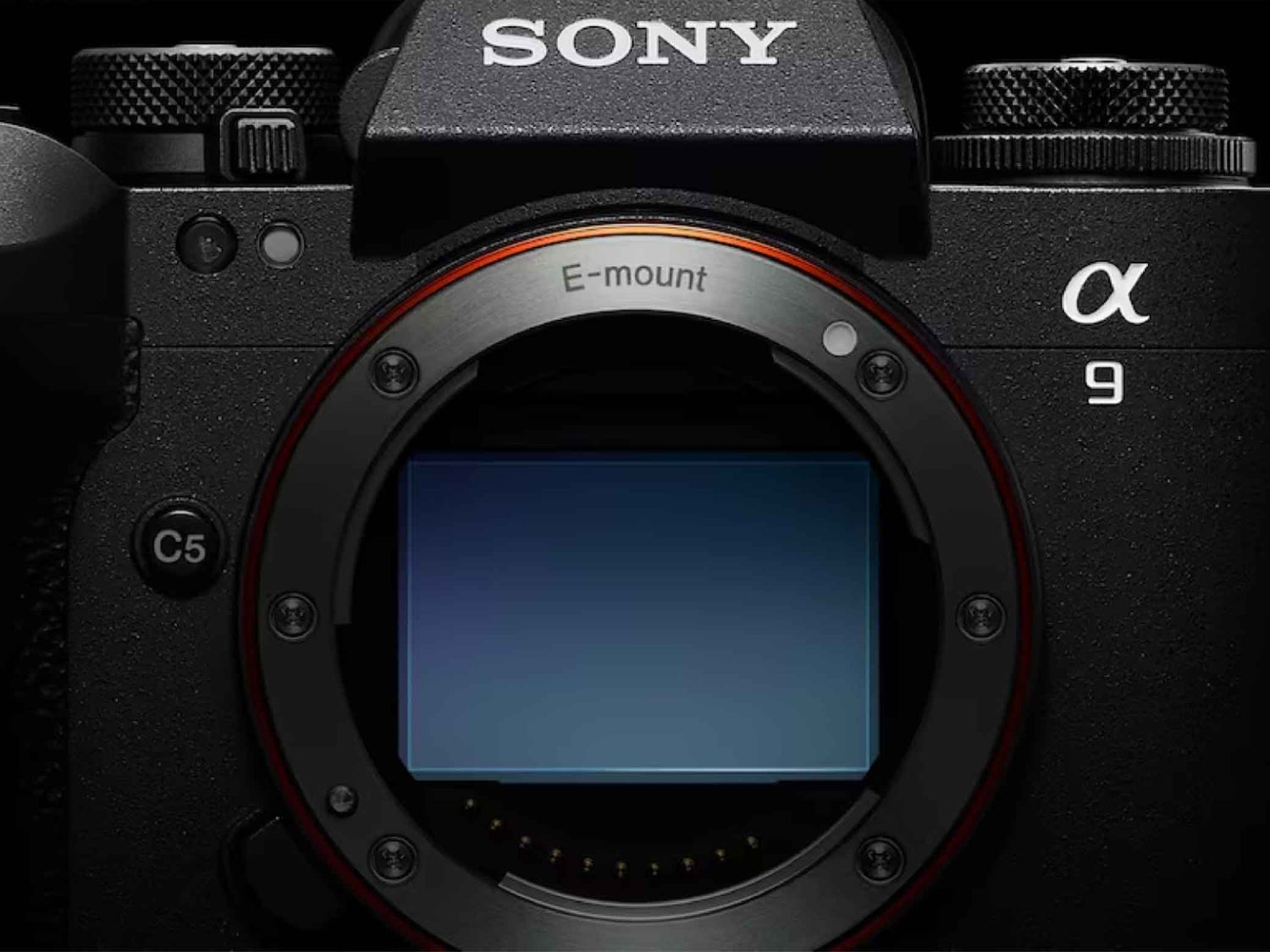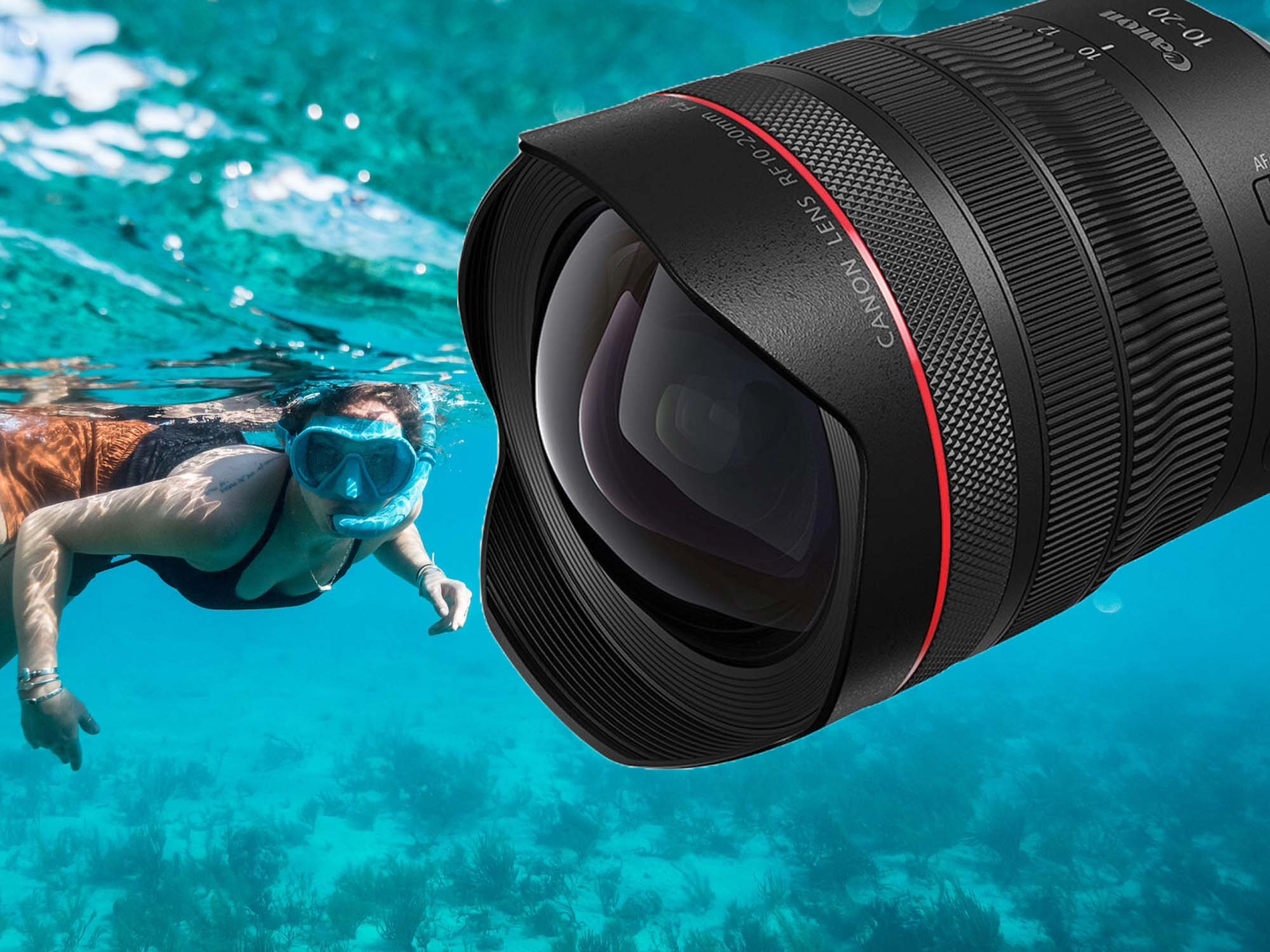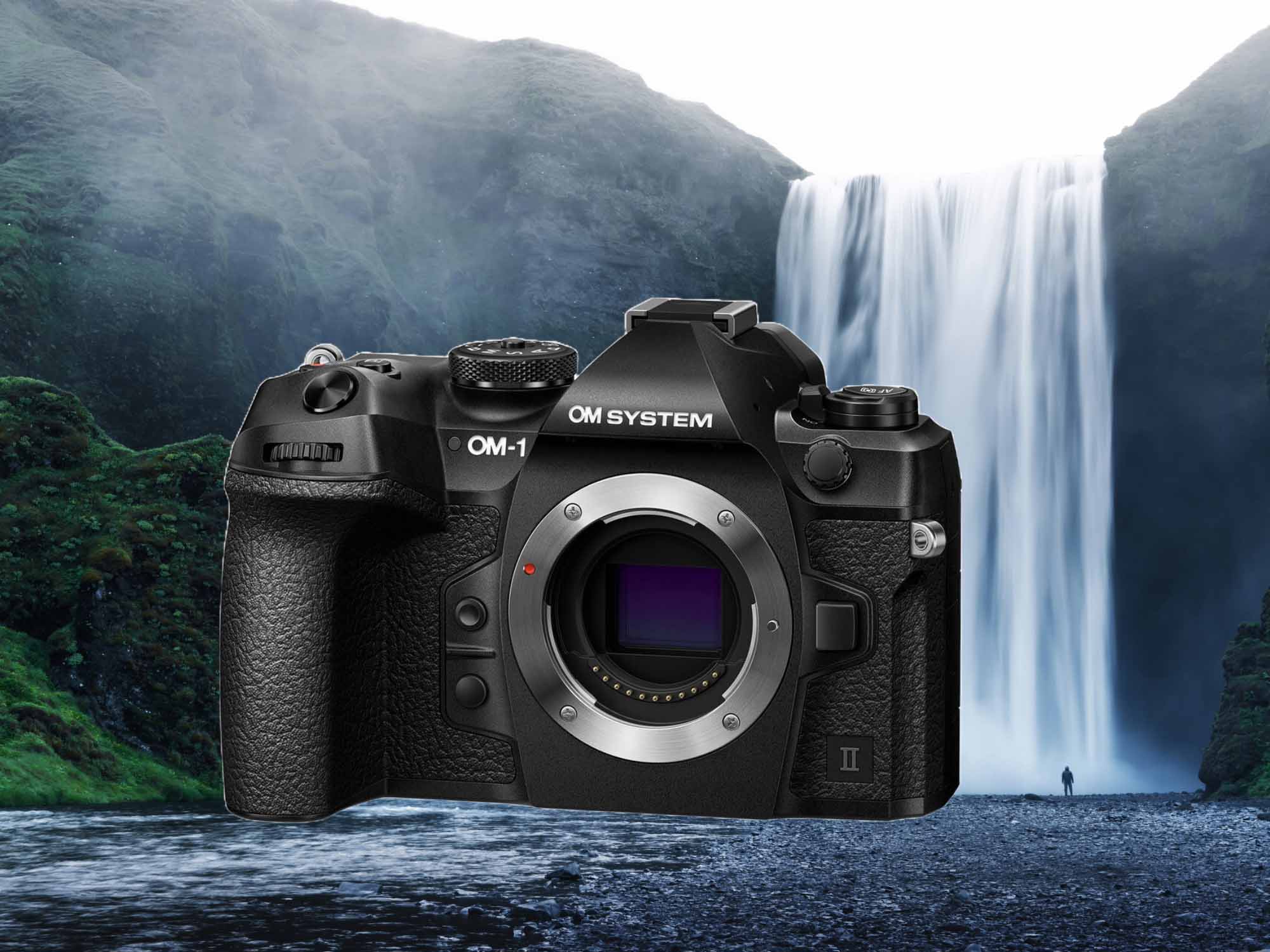Sony continues to push the limits of mirrorless digital imaging technology with their announcement of the Sony Alpha a9 III camera. Most notable for underwater photographers is that this is the first mirrorless camera to feature a global shutter.
What is a Global Shutter?
The camera's shutter mechanism controls the time during which it is recording light. Until now, mirrorless cameras have had either a mechanical shutter, an electronic shutter, or both.
A mechanical shutter has physical doors that open at the beginning of an exposure and close a the end.
An electronic shutter has no doors, but it is not simply 'off' and 'on.' It actually records light line-by-line from the top of the frame to the bottom. This method improves the camera's sensitivity to light and reduces processing power requirements.
A global shutter records every pixel at exactly the same time. It is the most like turning a light 'on' and 'off.'
Why Do We Care?
Both mechanical and electronic shutters have a "rolling" effect which can cause very fast moving objects - like a fan or an airplane propeller - to appear warped in your image or video.
More importantly for underwater photographers, the type of shutter affects its maximum flash synchronization speed. Previously the highest flash synchronization speed was 1/400th of a second with the Sony Alpha a1 camera. Most cameras' maximum sync speed is in the 1/200th of a second range. Beyond the max speed, the flash and camera shutter are out of sync, resulting a photo that is partially lit and partially black.
Some flashes have high sync speed modes (HSS) but they severely limit the power of the flash, battery life, and also can negatively affect the lifetime of the strobe.
With a global shutter, the camera can sync with the flash at any shutter speed - giving you total creative control over your image. This is amazing news for underwater photographers, as we rely so heavily on strobe-lit photography to bring out the color and detail that's obscured as light passes through water.
If you want to know more about global shutters, our friends at LensRentals.com put together an awesome article about the differences between global and rolling shutters.
Other New Features
The global shutter also expands the camera's high-speed shooting capabilities, with the ability to shoot up to 120 frames per second (fps) with a pre-buffer that can capture images for 0.01-1.0 seconds before you actually press the shutter.
Sony's subject recognition autofocus is arguably the best on the market, and they claim that the a9 III is the best iteration yet due to the increased amount of information going to the camera's processor.
Ergonomically Sony has made some improvements including changes to the grip, angle of the shutter button, and custom buttons.
Summary of Features
- 24.6 megapixel full-frame Stacked CMOS sensor
- Base ISO 250
- Flash synchronization up to 1/80,000 sec
- Blackout-free, 120 fps continuous shooting with full AF/AE tracking
- Pre-capture between 0.01-1.0 seconds of images
- 5-axis image stabilization
- 4K 120p video with no crop and free of rolling shutter
- QXGA 9.44 million dot viewfinder with up to 240fps refresh rate
- Dual CFexpress Type A/SDXC/SDHC compatible media slots
- USB Type-C connector supports SuperSpeed USB 10 Gbps
Availability
This amazing new camera is set to be available to consumers in Spring 2024 at a cost of US$5,998 for the camera body. It will require a new underwater housing and we will announce details as soon as they are available... likely much closer to the camera's release date.
If you would like to receive an email when we make an announcement about this model, please sign up for notifications below.
Additional Reading
Burst Shooting DS230 Strobes & Canon R7 // Swimming Photography with Kids
5 Situations Where You Need a Strobe Underwater [VIDEO]
Why You Need Strobes Underwater
Sony a7R V Underwater Tips & Set Up [VIDEO]
Sony ZV-E1 Underwater Review (Sea of Cortez and Channel Islands) [VIDEO]
Sony a7R V Underwater Camera Review with Sample Footage [VIDEO]
Sony a1 Photos from the Pacific Northwest with the Ikelite Underwater Housing













